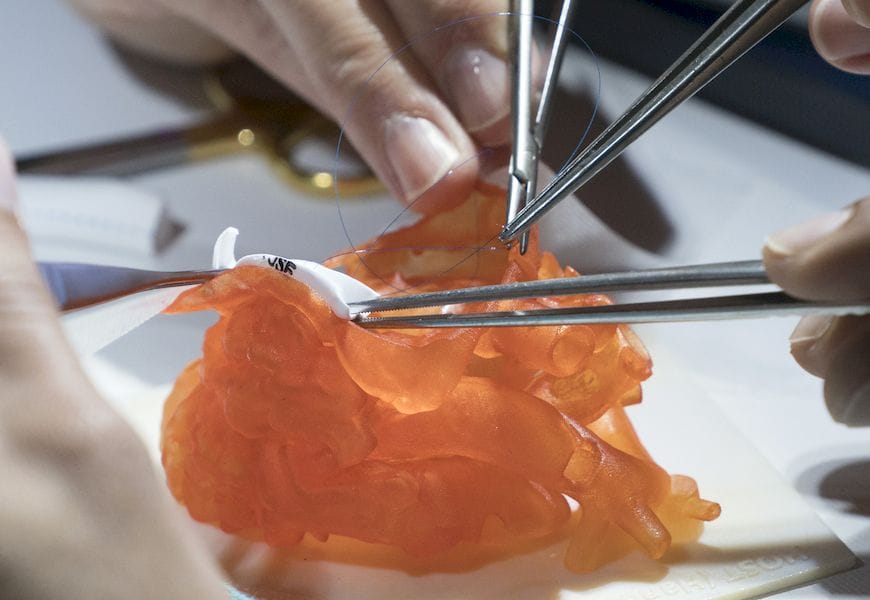
An interesting announcement today reveals more about Stratasys’ strategies.
The announcement dealt with something they’re calling “BioMimics”, which appears to be an extensive library of multi-material 3D models for use in medical applications.
The idea here is that by 3D printing these medical models, there will be a reduced need for actual tissue samples in training or simulation situations. Instead of having dental students dissect a cadaver, for example, they could work on a highly realistic 3D model.
This could increase the ability for such training to occur, as the supplies of actual tissue may be constrained in some cases. At the very least, additional practice can take place.
Another particularly useful scenario for BioMimics is complex surgeries, where surgeons benefit from the ability to attempt the surgery on a 3D print before going in for real. Again, this can be done several times to perfect the technique.
I’m impressed with this move because it is a way to almost instantly engage an industry, which otherwise may have trouble organizing their own set of 3D models for this purpose. It’s a way for Stratasys to remove a barrier to adopting their technology.
All these are very good things, but there’s something else at play here: Stratasys’ strategy on multi-materials.
At present they are perhaps the only large 3D printer company that produces equipment capable of making such multi-material models. That is, 3D prints that include portions that are hard, soft and differently colored.
In a sense, they have a bit of a monopoly on this market at the moment, as there aren’t a lot of alternative options to achieve the same result.
But that’s their advantage, and they are taking it strongly with this move. BioMimics should “turn on” multiple organizations to using Stratasys equipment, specifically the J750 machine, which is capable of producing BioMimics prints.
This aligns well with their announcement last week of GrabCAD VoxelPrint, a new interface to permit user design of similar multi-material 3D models with internal structures. While VoxelPrint is only an interface, Stratasys is working with others to assist in the creation of new software tools to do so.
Coincidentally, the company also announced a deal with medical vendor Philips to assist in bringing this technology to the medical market.
I suspect they may suddenly unleash additional application “boosters” in coming weeks for other industries.
All this adds up to one thing: Stratasys is pushing their unique multi-material technology as far as they can go. And that’s a good thing because with all the competition in 3D printing technology lately, it’s quite possible someone will develop an alternative before too long.
Via Stratasys

